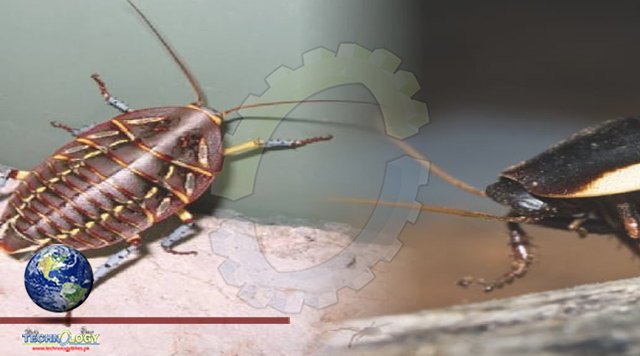In 1887, Australian Museum scientists undertook a pioneering expedition to Lord Howe Island, a tiny patch of land off the east coast of Australia. Among their many discoveries, they recorded “a large Blatta” Australian Cockroach under a decaying log.

This was later described as Panesthia lata, the Lord Howe Island wood-feeding Australian Cockroach. P. lata was noted as being highly abundant, playing a key role in nutrient recycling, and presumably a food source for the many birds on the island. Alas, in 1918 rats arrived on the island from a shipwreck. By the late 20th century, P. lata could not be found despite extensive searches over multiple decades and was assumed to have gone extinct due to rat predation. But could it have survived in some unexplored pocket of the island? In 2019, the New South Wales Department of Planning and Environment (NSW DPE) implemented the final stage of its highly successful (although at times controversial) rat eradication program on the island. Following this, I and my colleagues from NSW DPE, Lord Howe Island Museum, Chau Chak Wing Museum, CSIRO’s Australian National Insect Collection, and the University of Melbourne became interested in the biology of P. lata and the potential to repopulate the island with this insect.
This was on the cards because, in 2001, P. lata had been discovered on Blackburn and Roach islands, two small islands near Lord Howe Island. But hang on a minute: Why would we want to put Australian Cockroach, one of the most reviled creatures on Earth, back on a beautiful island after their seemingly fortuitous extermination? Well, P. lata is, believe it or not, quite cute and charismatic, and has no interest in going into people’s houses. It is wingless, about 4 centimeters (1.6 inches) long, and stays hidden in the forest, where it burrows into the soil and feeds on leaf litter and rotting wood by night. In July we received funding from the Australia Pacific Science Foundation to investigate the genetics and ecology of P. lata from Blackburn and Roach Islands. So Maxim Adams, an honors student in our lab at the University of Sydney, and Nicholas Carlile from NSW DPE headed off to Lord Howe Island to begin the study. Bad weather prevented them from going out to Blackburn Island, so they decided to examine potential sites on Lord Howe Island that might have once been teeming with P. lata before the rats arrived. They walked to a secluded area in the north of the island and decided to turn over a few rocks. Literally the first rock they checked revealed a small congregation of the Australian Cockroach I was due to join them three days later, but they called me that afternoon with great excitement to relay the news. They found a few others within a few meters under the same fig tree, but extensive searching over the next few days revealed none in other nearby areas or other parts of the island.
Source: This news is originally published by sciencealert